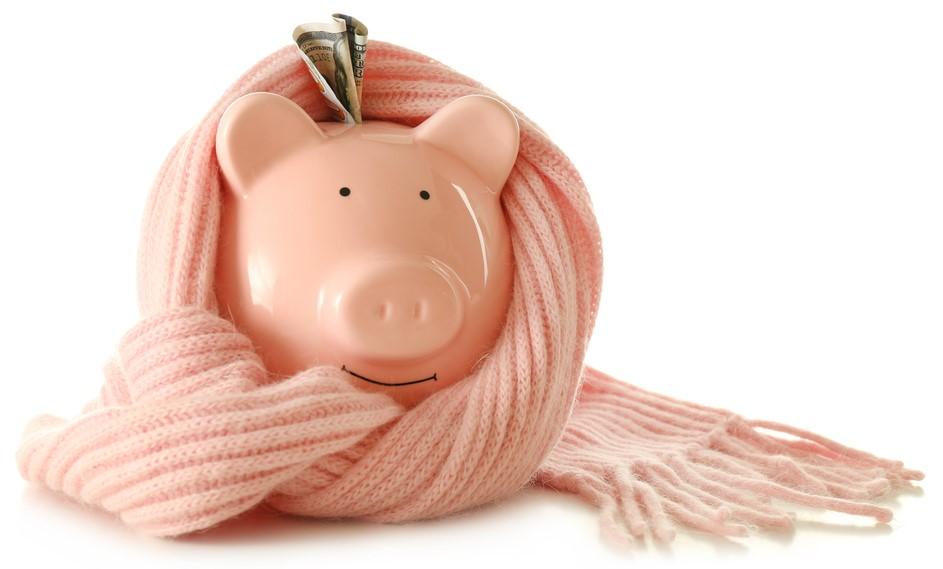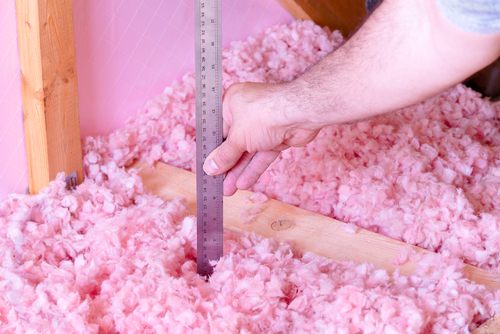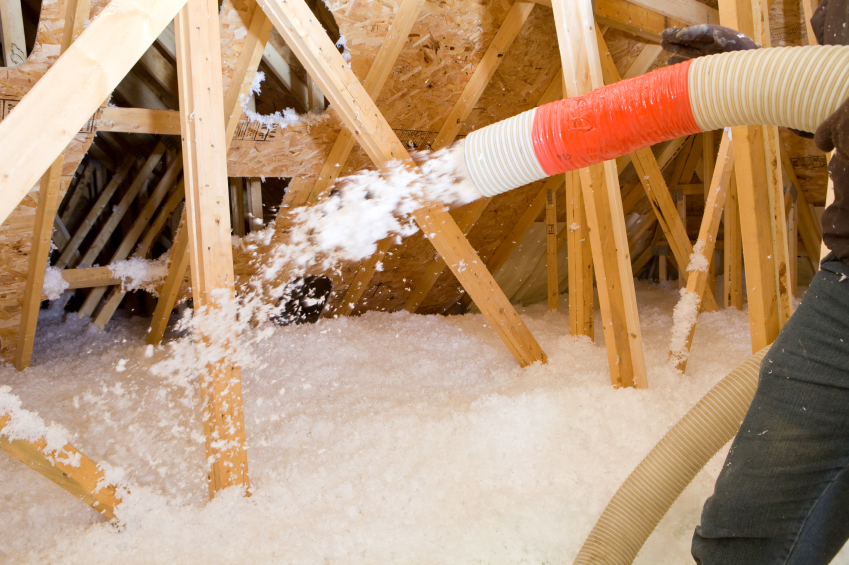Weatherize and Insulate Attic
In most homes, the attic is where you lose the most energy and money on heating and cooling. Sealing air leaks and adding insulation in the attic is the most effective way to save energy and create a cozier home! And it can save 30% or more on your heating and cooling bill. If you have drafty rooms or high heating and cooling bills, check the attic for an opportunity to save.
Your Impact
Action Steps & Tips
Introduction

In most homes, the attic is where you lose the most energy and money on heating and cooling. Sealing air leaks and adding insulation in the attic is the most effective way to save energy and create a cozier home! And it can save 30% or more on your heating and cooling bill.
So if you have drafty rooms or high heating and cooling bills, check the attic for an opportunity to save.
11. Check to see if your attic needs air sealing or (more) insulation
There are a few signs that you might need attic air sealing or insulation. Do any of these describe your home?
- Drafty rooms
- Hot or cold ceilings or walls
- Hot or cold rooms or different temperatures between different rooms
- High heating or cooling bills
If yes, the next step is to check to see if your attic needs air sealing or insulation.
Do-It-Yourself Check. If you have safe access to your attic and feel comfortable, you can check the attic yourself. Follow these safety considerations:
- Don't disturb vermiculite insulation, as it may contain asbestos. Contact a professional for assistance.
- Look out for nails and walk only on joists (boards) not open spaces.
- Wear a mask to avoid breathing in dust or other harmful particles.
Check for:
- Air leaks. Look for air leaks around places where ducts, electrical wiring or other hardware enters the attic. If you already have some insulation, you may not be able to visually see these areas.
- Insulation levels. If your insulation is at or below the level of your floor joists (the beams going across your attic floor), then you probably need more insulation.
- Insulation coverage. Check to make sure the insulation is evenly distributed. Sometimes it can be lower around the edges.
For more details, check out the Energy Star DIY guide on attic air sealing and insulation. The recommended insulation level is R-30 for very warm climates, R-49 for temperate climates and R-60 for cold climates.
Professional Check. Even if you do an inspection yourself, it’s still a great idea to get a Home Energy Checkup where you will receive a professional inspection and custom plan for all your energy efficiency, home insulation, and weatherization needs. The Home Energy inspector can also help you with costs estimates, rebates and financing options.
22. Decide whether to DIY or hire a professional
Choose professional or DIY. This project can be done yourself if your attic is accessible and not too difficult to move around in, and you enjoy tackling bigger home improvement projects. If your attic has limited workspace or ventilation, you may want to hire a contractor to do the work.
Cost. Typically, this project will cost between $1,500-$2,500 or more if you do the work yourself, and $3,000 - $5,000 or more for a professional, depending on the work required.
If you see any of the following in your attic you should hire a contractor to correct these problems before proceeding:
- Wet or damp insulation
- Mold or rotted joists or rafters
- Dryer or other vents venting air directly into the attic
- Knob and tube wiring
- Recessed “can” lights
- Vermiculite insulation
33. Weatherize & insulate your attic
Time to get to work! If you decide to do the work yourself, check out the Do It Yourself guide from Energy Star to learn more. Be safe! Follow all the safety guidelines and recommendations.
Otherwise, hire a professional and schedule the project. Look for a contractor that specializes or has experience in air sealing (also called weatherization) and insulation. Be sure to check their references.
Check for rebates. Rebates and financing options for this action are common. If you have a professional do the inspection or install, check with them for help finding the right rebate or financing program for your home.
Extra Credit: Now that your attic is sealed and insulated, finish the job with the Seal Air Leaks and Insulate your Floors and Walls actions. You'll be amazed at how much your heating bills drop when your home is completely leak-free and insulated!


